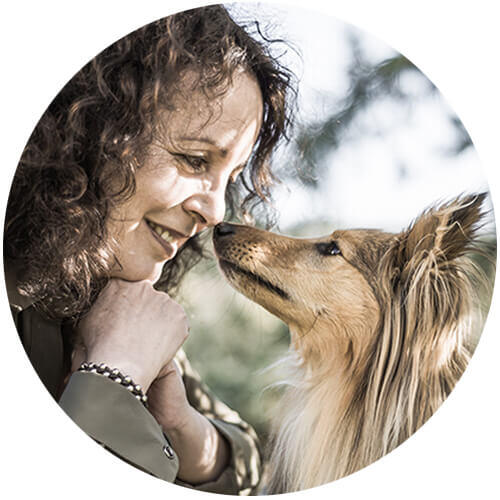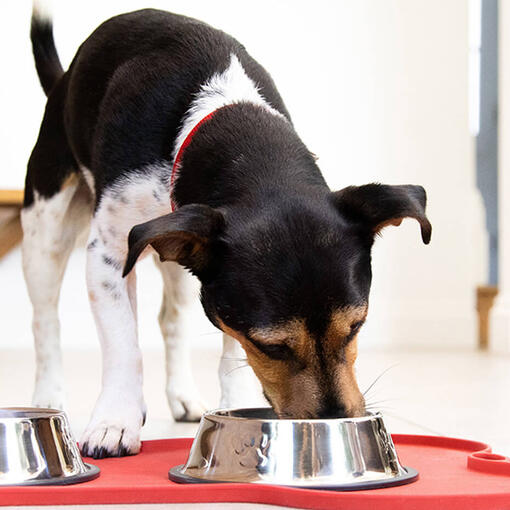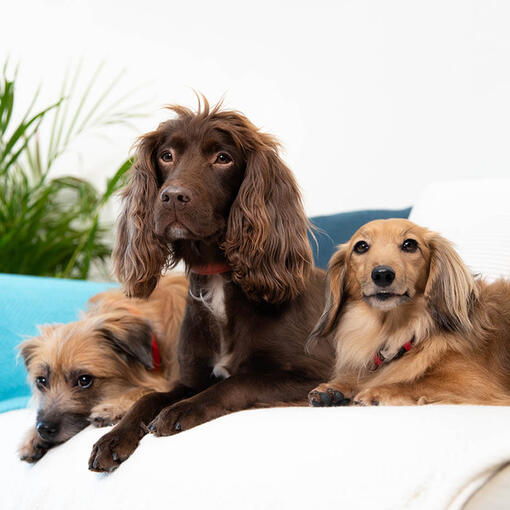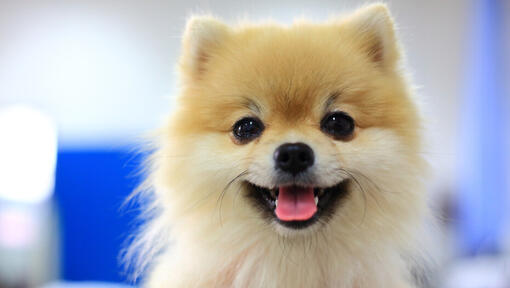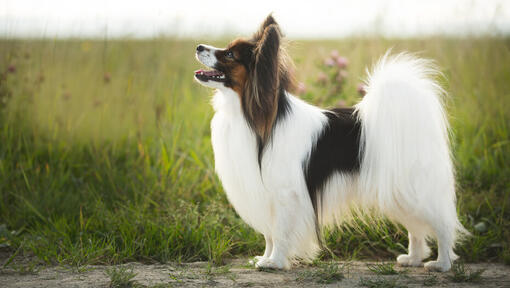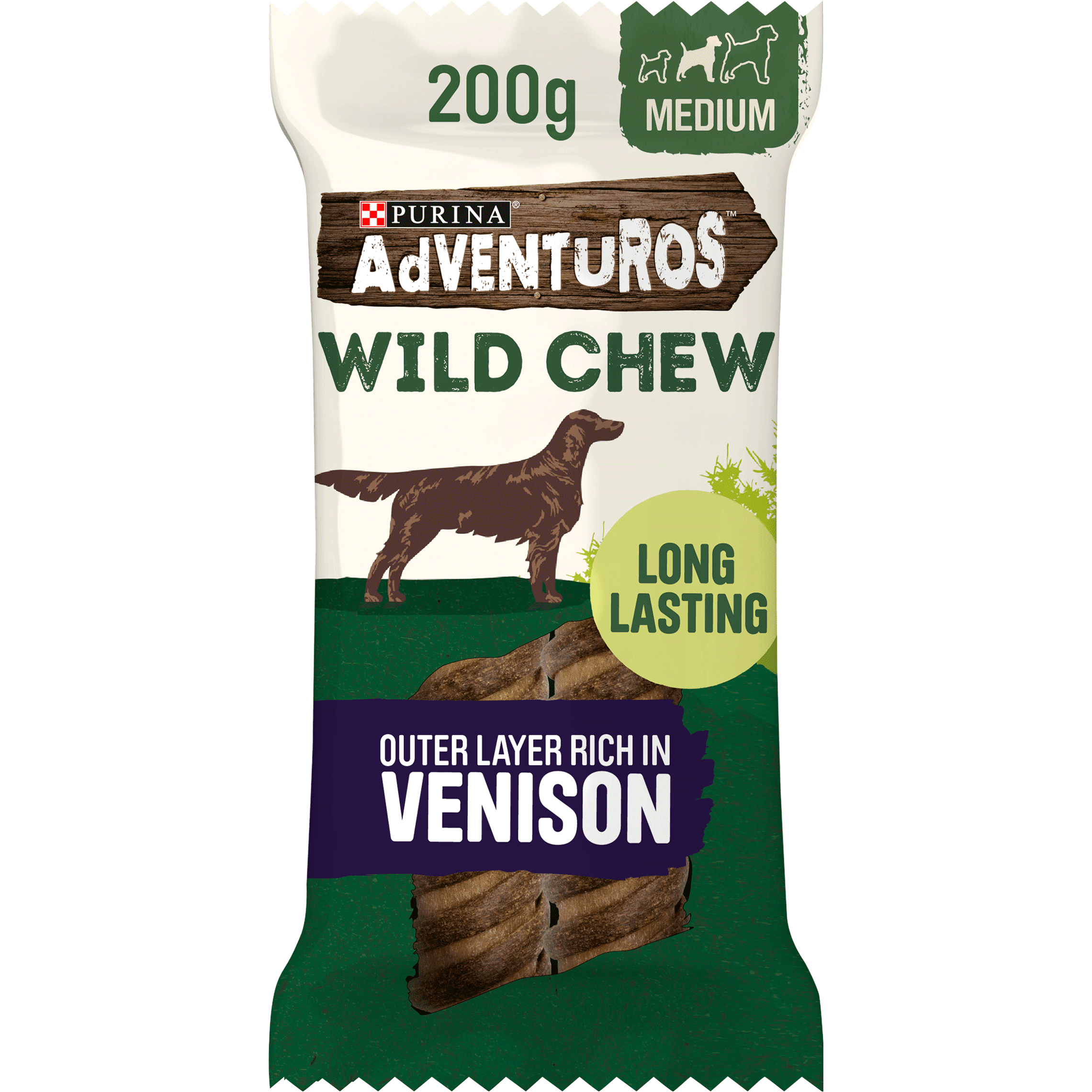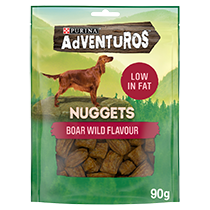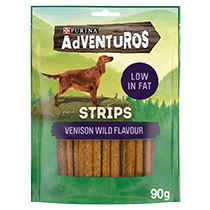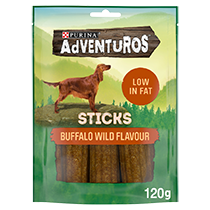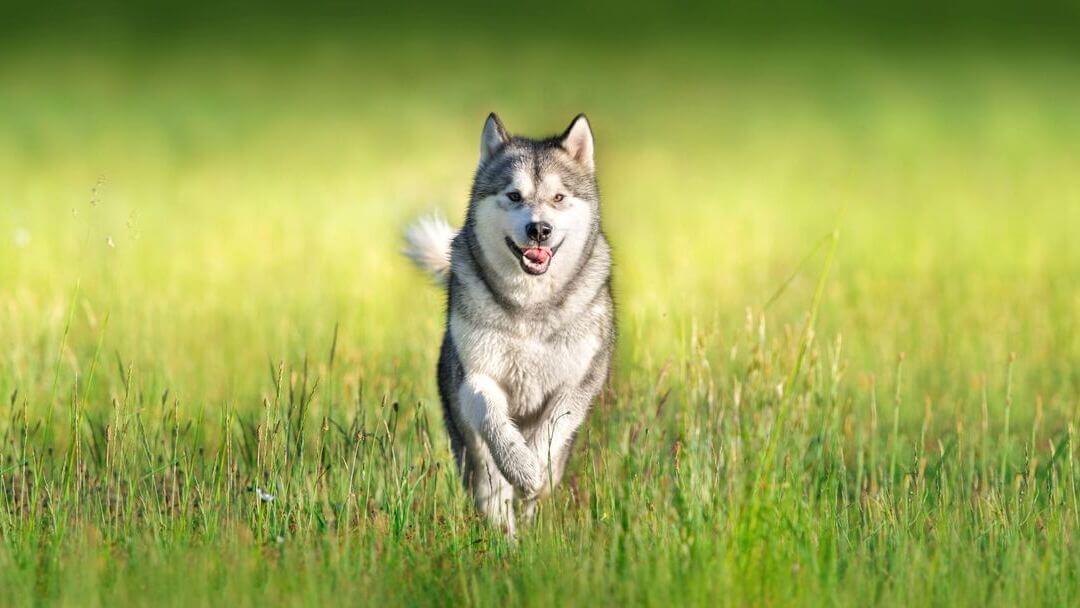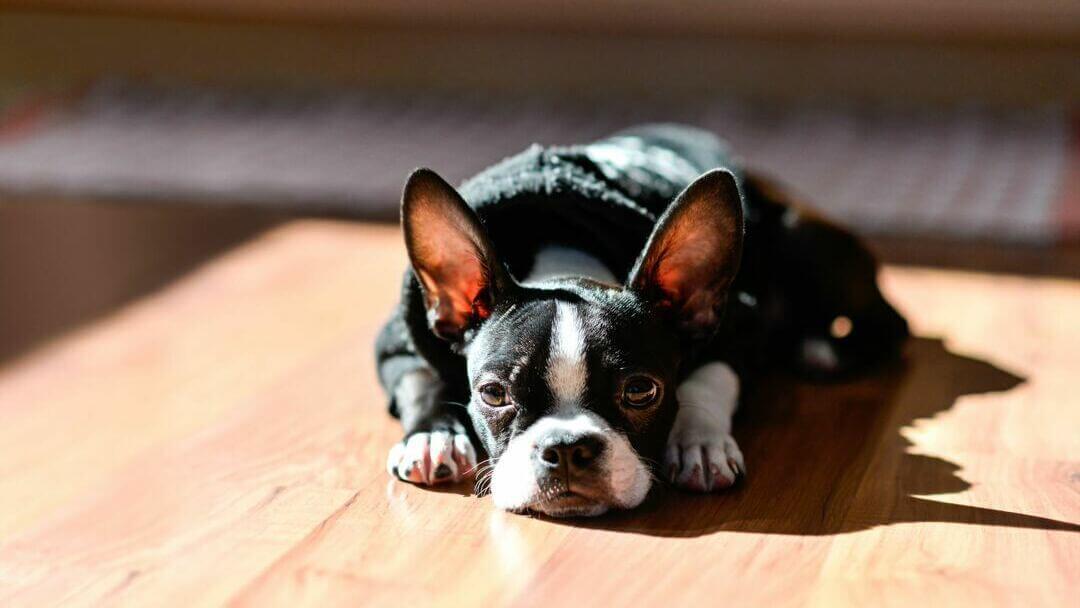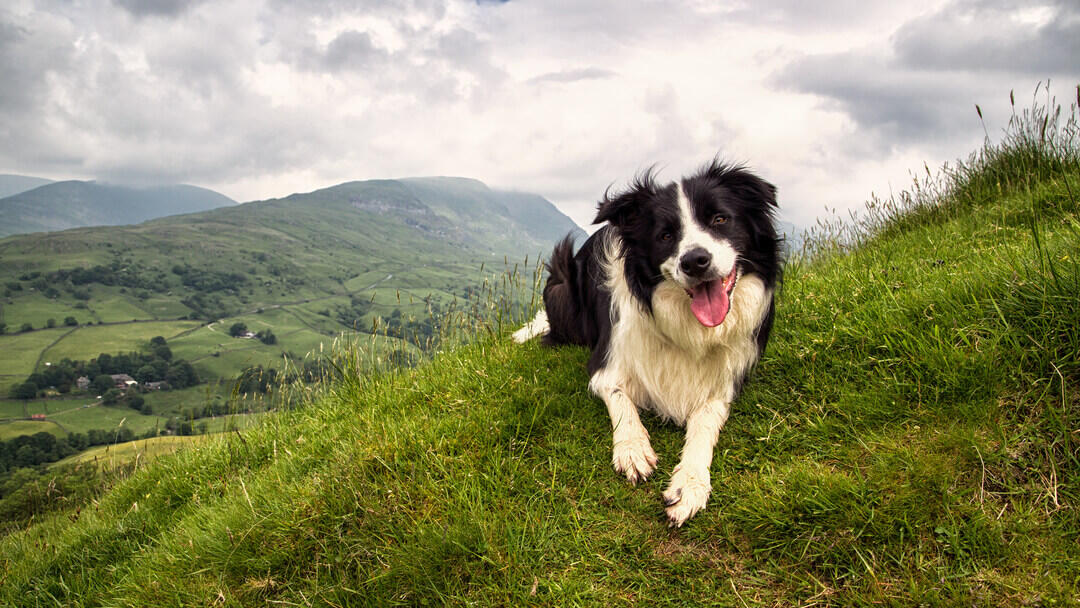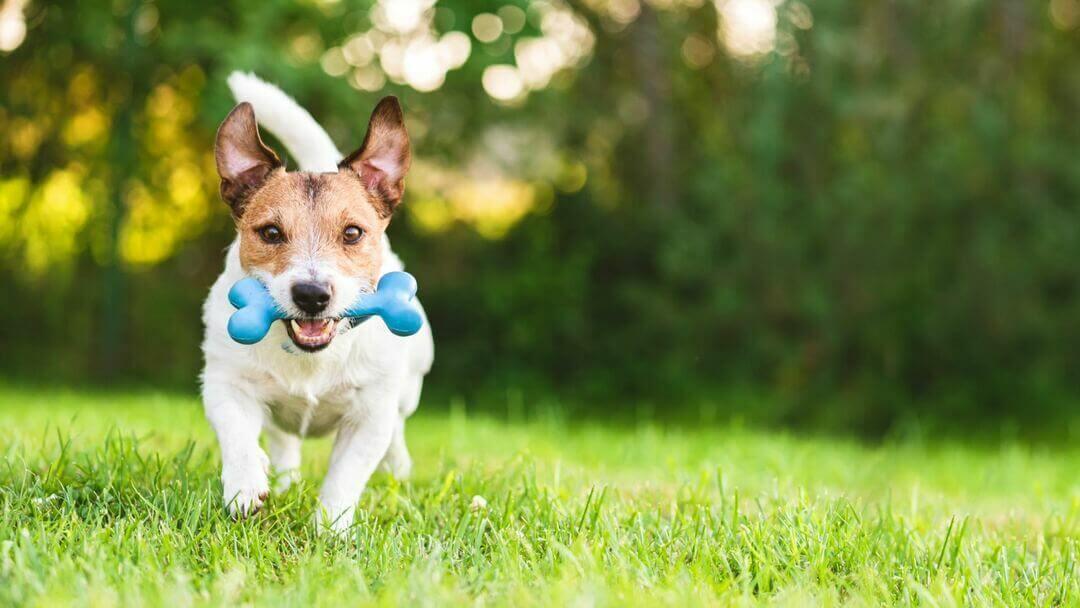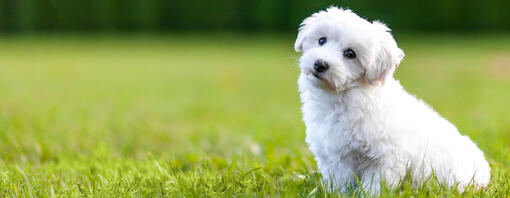
Toy dog breeds are the ultimate companions in the canine world. But there is more to them than their tiny demeanour. If you're considering adding a toy dog to the family, here is what you need to know.
Toy dog breeds have the unique ability to make us fall in love with them at first sight. They're tiny, never too far behind their owner and with a resolute determination to spend hours in their lap if given the chance. They're the perfect companion by nature, but there are a few things to know before adding them as a new member to the family.
A toy dog's job description
Unlike most of the other groups, toy breeds were not generally bred to work. While dogs such as the pastoral breeds or the gundogs were developed by utilising their natural canine hunting/scavenging behaviours to do various jobs, this group was developed from the natural social needs of the dog - especially their ability to bond closely to humans.
This group is formed of small to tiny dogs from around the world who have been bred as companions - even if a few may have come from originally working ancestors. In most cases they were companions to wealthy ladies or royalty (or in some instances, religious orders).
Toy dog sizes and coat types
Given their cute name, there is no surprise that toy dogs are rather small companions. They come in various coat types - from the long and flowing like the silky Maltese to the wiry and unkempt Bichon with just about everything in-between.
Toy dog breeds natural instincts
Toy breeds were not expected to work in any other capacity than as companions (and in a few cases as an early warning system) and so generally have a fairly weak predatory instinct, being happy instead to be close companions. Those that were developed from working dogs (in some cases terriers) may however still retain these instincts.
Toy breeds behaviour and personality
Toy dogs might be small, but they like to show off plenty of personality. Here are the traits that usually characterise the dogs in this group.
Affectionate and tactile
Toy breeds enjoy very close contact. Sitting on their lap and enjoying owner attention is their version of heaven. So, if you're looking for a highly affectionate dog who will want to sit with you all the time, toy dogs are the perfect companion.
Low exercise requirements
Dog exercise can be kept low key with this dog group. Being smaller, your toy dog doesn't need as much physical exercise as larger types but they still require regular exercise to stay fit and healthy. While some of the toy breeds will enjoy longer walks, most are happy with 30 mins a day (sometimes even in the garden) as long as they have plenty of owner interaction and play in the home. It's one of the reasons why they don't need a big house or even a garden and will happily live in an urban environment.
With some 'brachycephalic' (flat-faced) toy dogs, such as Pugs, hot weather and the increased panting it provokes can result in breathing difficulties, so exercise should be limited
Social
Toy breeds tend to be selective with their social skills. When it comes to their owner, they're able to bond very closely. However, when it comes to other dogs, they may be aloof and not particularly 'dog social' (or 'dog interested') as their focus is usually their human family.
Separation-related issues
Toy breeds bond very closely with their owners which is why they often do not have the coping strategies to be able to tolerate separation from their human family well. However, despite their reluctance to stay away from their owner for too long, there are a few ways you can help your dog deal with separation anxiety.
Toilet training difficulties
Another thing to keep in mind is that many toy breeds are hard to toilet-train and may take several weeks longer than other breeds. Fortunately there are a few dog toilet-training tips that can make the job a lot easier.
Is a toy dog breed right for you?
With toy dog breeds being specifically bred to be good companions, you may think these instantly loveable balls of fur will be the perfect addition to the family. But there are many other things to take into consideration, from training skills to grooming routines and the noise levels you should be expecting.
A toy dog is not the dog going for long walks in the countryside every day. In some cases, persuading them to go out in the rain can be a challenge too. If you don’t mind spending most of the evening on the couch, toy dogs will happily comply, but for an active owner or sporting family, these dogs will not fit well into their lives.
All dogs should be trained, and toy dogs are no different. Many are surprisingly smart and enjoy tricks and obedience. Given their low exercise requirements, a chance to use their brains can transform these little dogs into real power houses. Some can even be seen competing in dog sports. They may not enjoy the traditional dog training class environment where the other dogs can just be a bit too much for them. But either one-to-one sessions with a trainer or else a class where all the dogs are from companion breeds will be something both dog and owner can enjoy.
Some toy dogs can be trained to a very high standard and will enjoy agility courses (of the right size, of course!), rally-obedience (also known as rally-O) and flyball. If you can’t dedicate the time to regular agility training, you could enroll your dog on an initial ‘taster’ course to learn the basics and then pursue the hobby at home in your garden with some purchased or improvised equipment such as a tunnel, some low jumps and weave poles. Your dog will enjoy running a mini course with you, and as they are so tuned in to their owners and their body language, they often learn surprisingly quickly how to get the best out of their new equipment!
Toy breeds are extremely bonded to their owners but often are aloof with others. They may not enjoy the company of other dogs – especially boisterous ones – while others enjoy the company of their own breed or other small dogs. They rarely show dog-to-dog aggression but if they feel they are going to be bowled over or hurt (through fear or experience) they can naturally become quite defensive or fearful. Check out some useful dog socialising tips with our easy guide.
There are various coat types within the toy group – from double-coated high-maintenance to the ‘wipe over with a cloth’ ease. Take advice from the breeder on dog grooming and coat care. And don’t forget: you only have a small area to groom!
Regular toy dog grooming also helps you spot any skin conditions and changes to their coat early on, which makes for more effective treatment of any problems.
Time should be spent teaching toy dogs that grooming and handling is enjoyable – it is easy to unintentionally overwhelm them - and owners should make sure that all interactions with their toy dogs are positive and rewarding.
Once again, this varies within the group. Some of the toy breeds started life as early warning systems, and they may well alert owners to potential intruders or indeed anything that may be going on. Others are quiet and self-contained. The breeder or other owners can give you precious advice on the noise levels you should expect, so don’t hesitate to ask.
Generally, toy breeds are very affectionate dogs to their owners – and indeed will want constant physical contact with them. They usually bond closely to one person however rather than being a family dog and they may be indifferent to others.
Most toy breeds enjoy gentle games with their owners – and some are experts at interactive enrichment toys. Dog games and play help stimulate their brains and strengthens the relationship between dog and owner.
Toy breeds dog owner checklist
You could be the perfect owner for a toy breed if you:
- Are at home most of the time - or are prepared to take your dog everywhere with you or get a dog sitter for times when you have to leave them.
- Do not want a dog for long walks but are happier with shorter periods of exercise.
- Want a dog who is very attached to you and shows their obvious affection with constant contact.
- Have a smaller property - either rural or urban.
Feeding toy dogs
Toy dogs are sometimes very fussy about their food; because of this, owners can accidentally (but with the best intentions) make it worse by replacing regular food with something more palatable at the first sign of this fussiness. If you instantly replace unfinished food with something fresh-cooked instead, your dog will quickly realise that refusal brings increasingly luxurious treats!
Feeding toy dogs, then, might mean being inventive. Eating a bowlful of food twice a day usually doesn't hold too much appeal for a toy dog, so it's a good idea to be inventive with how their food is offered throughout the day.
If your toy dog eats dry food, try scattering a handful in short grass outdoors when the weather is good, or putting some of their daily food allocation in a small, safe treat-dispensing toy so they can 'work' for and be rewarded with food. Hide the toys in your garden or behind furniture inside the home, so your adventurous little dog has to search them out. Occasionally spoil them a little and maintain that close bond by occasionally hand-feeding them some of their daily food allowance. Use lots as rewards (if they are food motivated) when training them - just remember to count it as part of their daily food allowance. Their remaining food can be split into two meals and given in a food bowl, morning and evening, so that they will always see you as a food provider. Ask all family members to take on this role on a rota basis, so they can all benefit from a strengthened bond with your lovely dog.
If your dog has wet food, use other more convenient treats as rewards in training, but be careful to include them when calculating your dog's daily requirements. Feed them in at least two meals per day, but in one main meal of half their allowance and up to 4-5 smaller portions for the other half, placed in various locations so that they have to actively seek out their food.
As long as you are following daily feeding guidelines (look at your dog food packaging for reference) each day and monitoring your dog's weight, don't worry if the resulting amount you put in his bowl looks like too little; there's no need to compensate by adding extra. Provided they've had their daily food allocation and you are feeding them a complete diet, your dog will have all the nutrients and energy they need.
Bonding with your toy dog
A huge part of looking after your toy dog - whatever their breed - comes from the bond you have with each other. Spending time with their owner is what these lovely dogs were bred to do; they are 'professional pets' that have often earned their living over the centuries as pampered companions, warming laps and providing companionship for royalty and ordinary folk alike. With this in mind, it is not surprising that these dogs need to spend the best part of the day with their human family.
Toy breeds love nothing more than to be with you. Quiet nights in front of the television on the sofa with you will be their idea of heaven - as will coming out and about with you during the day. They will also enjoy gentle stroking and grooming. Making a toy dog a part of your everyday life is very important for their happiness, so take them with you on car rides, walks to the shops or trips to the local cafe or pub to meet friends. Luckily their small size makes them easy to carry in busy spaces such as on buses or up escalators, and it means they're less intimidating to people who might be afraid of dogs.
An important part of toy dog care, though, is teaching them to enjoy their own company. Bear in mind that although your toy dog adores your company, spending a lot of time together can make them socially over-reliant on you, and if you then ever have to go away without them, even just for an evening, they could become rather anxious alone. Help develop your dog's self-confidence by getting them used to short periods of solitude from as early an age as possible. You could try separating yourself from them in another room from time to time, even when you are in the house.
Provide a comfortable, den-like indoor kennel (sometimes called a dog crate) or a cosy bed where they can snooze or chew a favourite toy on their own. Put an old, worn jumper or T-shirt in with their bedding to act as a comfort. Always exercise your dog before you need to leave them alone in the house so that they is toileted and ready to relax, then hide a safe treat-filled chew-toy for them to find to keep them busy while you are away.
Although it's natural to want to pay your loyal dog a lot of attention, some toy dog breeds can be persistent in their attempts to solicit attention, leaping onto your lap or into your arms at every opportunity. Teach your dog that attention and contact won't be available when a specific visual signal is put in place, such as a scarf hanging over a doorknob or a particular ornament placed on a table. (You can find more about this kind of training in our article). This really helps with managing the nature and intensity of the bond you enjoy with your dog, as they won't develop expectations for attention that are then frustrated, and they won't become a nuisance with their well-intentioned demands for attention. They'll get just as much attention as you want to give them, but won't become dependent on it for their happiness.
Toy dogs can also become very affectionate with other family dogs and cats, depending on their respective temperaments and social histories. If a human lap isn't available, two toy dogs will often enjoy cuddling up with each other, or even with the family cat!
If you love tiny dogs that stay small, we've rounded up some of the most popular breeds and the characteristics that make them such beloved companions. Discover them, next.
